The Spetember 2014 issue of The Problemist showed up in my mailbox this week. That's the official magazine of the British Chess Problem Society, as I'm sure you're aware. It included the problem below. It's one of those delightful compositions that makes you wish you had thought it of it yourself. It was composed by Ladislav Packa in 2012. White to move and mate in three:
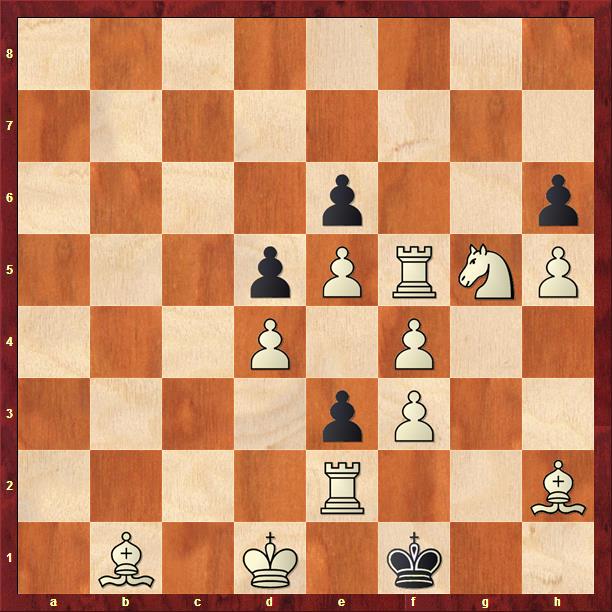
White certainly has overwhelming force! The problem is that black is very close to being stalemated. For example, after a waiting move like 1. Bc2, we might have 1. ... hxg5 2. Rxg5,
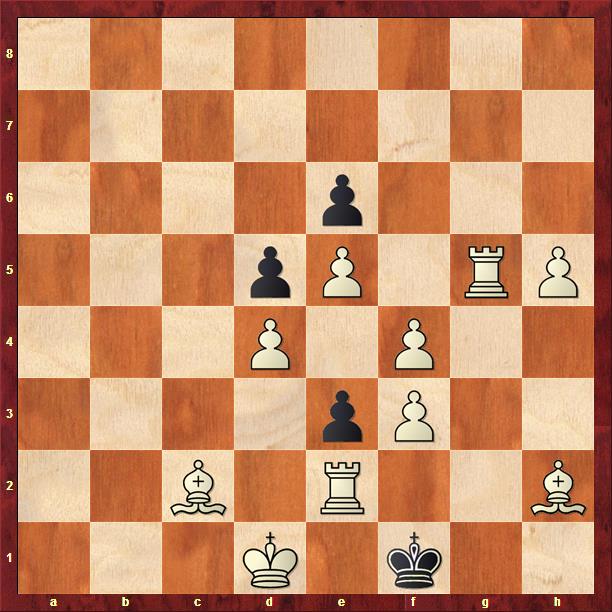
but white won't get to continue with 3. Rg1 mate because black is stalemated.
The solution is to provide black with one more move by starting with 1. Be4!
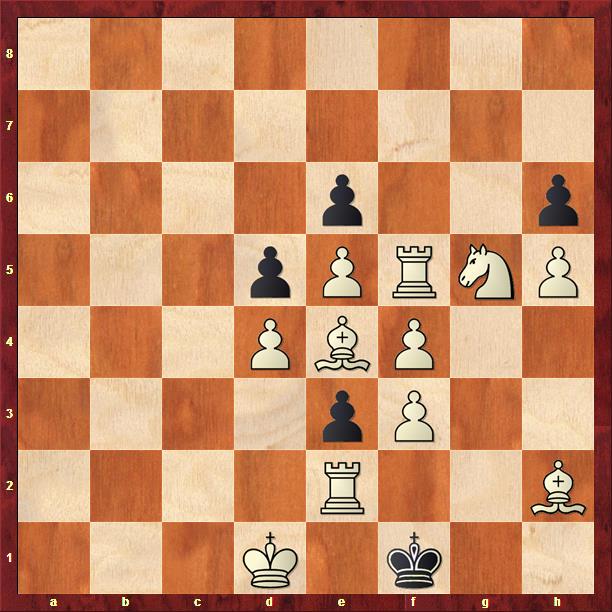
Now there are three possible continuations. In each, black captures two of white's pieces, but white gives mate with the third.
First we have 1. ... hxg5 2. Rxg5 dxe4 3. Rg1 mate.
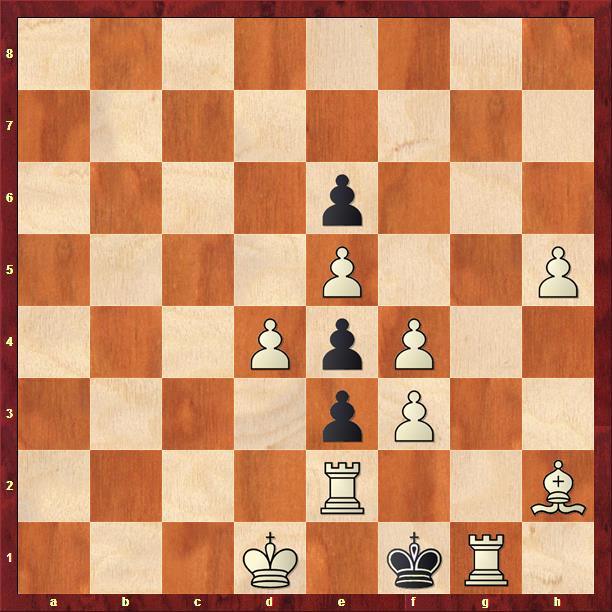
Then we have 1. ... exf5 2. Bxf5 hxg5 3. Bh3 mate.
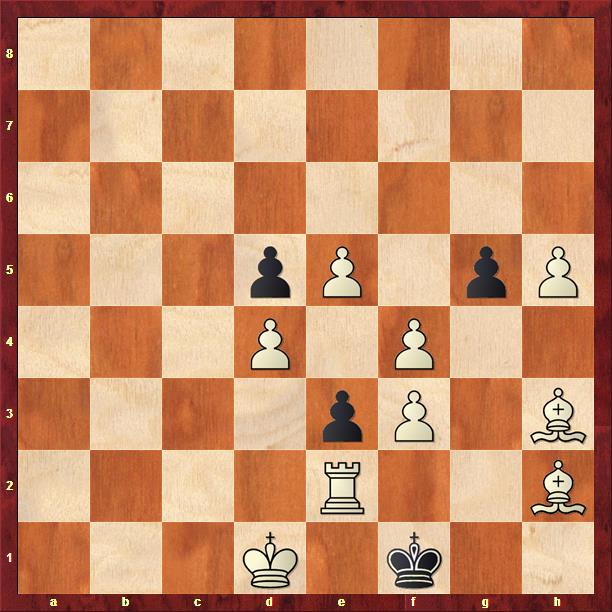
And finally there's 1. ... dxe4 2. Nxe4 exf5 3. Ng3 mate.
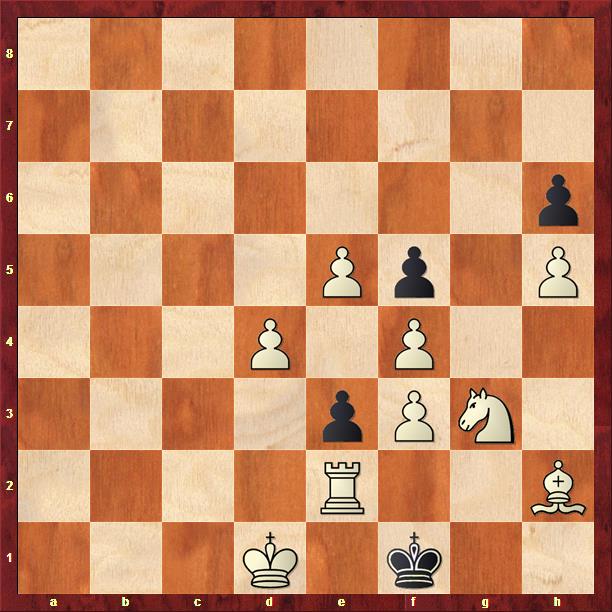
Isn't that great! Doesn't that just bring a smile to your face?
A problem in which a piece that gives mate in one line is captured in some other line is said to exhbit the Zilahi theme. In this case we have three mating pieces in three different lines, with two of them captured in each of the three lines. That makes this an example of a cyclic Zilahi, and a very cool one at that!

Very, very nice & sweet. An interesting point is that 1.Bd3 fails after 1... either capture 2. R a, b, c, or d2 check, 2...e2+ and White's rook and bishop step on each others' toes and there's no mate.